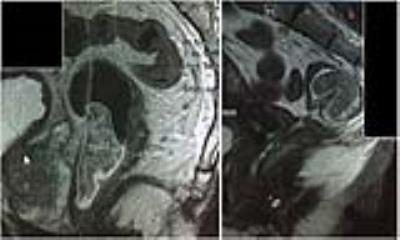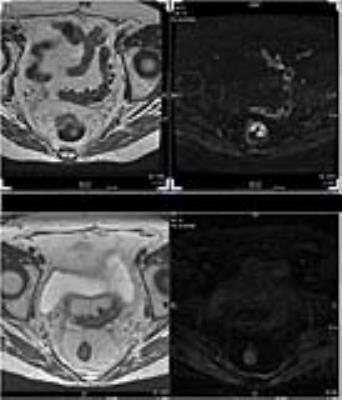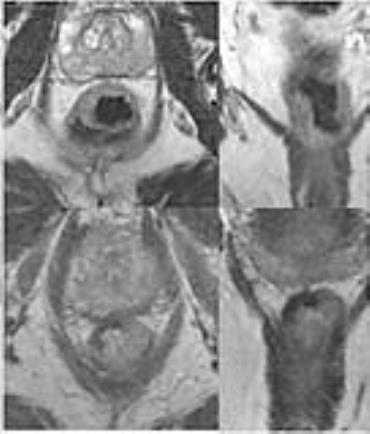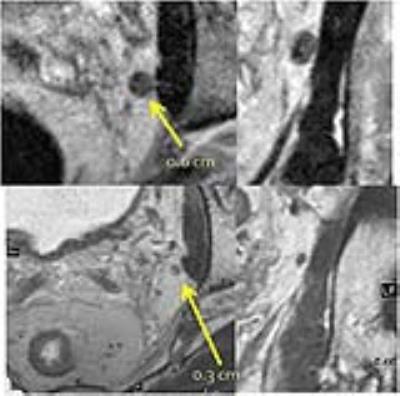Rectal Cancer-Shifting Paradigms-Predicting Complete Pathologic Response & Facilitating Non-Operative Management
Synopsis
This lecture will illustrate and teach the important concepts regarding post treatment assessment of rectal cancer after chemo-radiotherapy. Limitations, a key evolving concept will be stressed. T2, DWI and DCE will be included. At least 2 suggested systems for post treatment evaluation will be illustrated with discussion of their relative merits: mrTRG grading system and DWI + endoscopy systems. In particular, the growing trend towards Watch and Wait, AKA, non-operative management or organ sparing approaches will be discussed.
Target Audience
This lecture entitled, " Rectal Cancer - Shifting Paradigms - Predicting Complete Pathologic Response and Facilitating Non-Operative Management," goes beyond basic staging and addresses difficulties in response assessment and the current state of the art. It is appropriate for all radiologists, including those in training, as well as physicists and technologists since it raises questions and limitations about MR sequences and functional MRI optimization.Outcome/Objectives
After attending this lecture; participants will be able to use the new information as follows; They will be able to
1. Describe available methods to measure response of rectal cancer to chemoradiation treatment and their limitations
2. Understand the history and concepts regarding non-operative management, particularly the role of the radiologist
3. Perform with the help of their physicist and technologists, high-quality standard and diffusion-weighted sequences through the pelvis
4. Develop a template and proper nomenclature for reporting post-treatment rectal MRI
Methods/Discussion
Literature and illustrative examples will be reviewed regarding typical treatment paradigms and post-treatment tumor evaluation using geometric and volumetric measurements, T2-signal intensity and morphology changes, diffusion-weighted imaging and dynamic contrast-enhanced imaging. Endoscopic correlative images will be used to supplement these evaluations.Acknowledgements
No acknowledgement found.References
1. Nougaret S, Fujii S, Addley HC. et al. Neoadjuvant chemotherapy evaluation by MRI volumetry in rectal cancer followed by chemoradiation and total mesorectal excision: Initial experience. J Magn Reson Imaging. 2013 Sep;38(3):726-32
2. Taylor FG, Swift RI, Blomqvist L, Brown G. . A systematic approach to the interpretation of pre- operative staging MRI for rectal cancer. AJR 2008; 191:1827–1835
3. Lambregts DM, Rao SX, Sassen S, et al. MRI and Diffusion-weighted MRI Volumetry for Identification of Complete Tumor Responders After Preoperative Chemoradiotherapy in Patients With Rectal Cancer: A Bi-institutional Validation Study. Ann Surg. 2015 Dec;262(6):1034-9
4. Hötker AM, Tarlinton L, Mazaheri Y, et al. Multiparametric MRI in the assessment of response of rectal cancer to neoadjuvant chemoradiotherapy: A comparison of morphological, volumetric and functional MRI parameters. Eur Radiol. 2016 Dec;26(12):4303-4312
5. Gollub MJ, Gultekin DH, Akin O et al. Dynamic contrast enhanced-MRI for the detection of pathological complete response to neoadjuvant chemotherapy for locally advanced rectal cancer. Eur Radiol. 2012 Apr;22(4):821-31.
6. Maas M, Lambregts DMJ, Nelemans PJ, et al. Assessment of Clinical Complete Response After Chemoradiation for Rectal Cancer with Digital Rectal Examination, Endoscopy, and MRI: Selection for Organ-Saving Treatment. Ann Surg Oncol 2015; 22: 3873-3880



